When purchasing supplements, the leading factor in consumer’s decision should be ingredient effectiveness. If a pre-workout doesn’t have the right ingreedients to help you get a great workout, then why buy it?
However, what really separates good products from great products is, of course, taste! If it doesn’t taste great, then drinking your daily pre-workout or protein shake becomes a chore and you may not get through that tub, wasting money. Nobody wants that, and companies are constantly searching for ways to improve their products’ flavor profiles. They manipulate the inclusion of sweeteners to give you the best-tasting flavor they can!
But there's a new added variable: the growing preference for natural ingredients and sweeteners.
Natural Sweeteners on the Rise
Most products contain some form of sweetener: sugar, sucralose, acesulfame potassium, and the all-natural stevia are by far the most common. But companies are always searching for new ways to add flavor to their products. Upon reviewing the sour apple flavoring from a now-discontinued “carb-free fuel” energy drink mix, we noticed an uncommon inclusion – Katemfe Fruit extract. What is this madness?!
Thaumatin? Katemfe Fruit Extract? What is this?
As it turns out, Katemfe Fruit extract, better known as thaumatin (sometimes sold under the brand name "Talin"), is an intense natural sweetener that is most commonly used to enhance, you guessed it, flavor! So, what is Katemfe Fruit extract, where does it come from, how effective is it, and is it safe?
Thaumatin's origin
Thaumatin is a mixture of sweet proteins (called thaumatins) extracted from the “katemfe fruit of the Thaumatococcus daniellii plant, native to West Africa”[1]. It’s 100% natural, and is claimed to be up to 3000 times as sweet as sucrose! Katemfe fruit has been cultivated for some time now in West Africa, where it's been used to flavor food and beverages. In the 1970s, thaumatin began being extracted from katemfe fruit for commercial use.[2]
Chemical Breakdown - it's a protein!
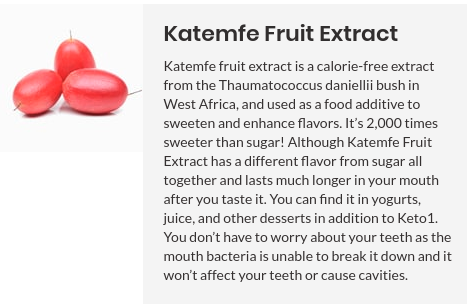
The first product we tried with katemfe fruit extract tasted better than competing stevia-sweetened supplements, we're wondering if this is why!
Technically speaking, thaumatin is a protein, thus providing ~4 kcal/g![1] However, because its sweetness is so potent, the amount used is so trivial that its caloric value is often neglected. Thaumatin actually has an almost-complete amino acid profile, containing all of the essential amino acids except histidine.[3] It thus provides the sweetness without spiking blood sugar, as it doesn’t act like a high-GI carb and doesn't require ridiculous doses!
The chemical structure is also similar to that of a protein, including its inability to handle high temperatures well. In fact, exposure to high temperatures can break down one of its “disulfide bridges, resulting in a loss of sweetness”.[3] Don’t heat this stuff up too much, or it won’t taste as good!
As far as thaumatin’s taste profile, it’s quite unique: it starts off rather slow, but the sweetness intensifies over time, and leaves a lingering sweetness with a licorice-type aftertaste.[1] In order to maximize its potential, the compound is commonly used in union with other sweeteners (ace-K, sucralose, saccharin, stevioside) to closer resemble sucrose. Interestingly, combining thaumatin with the amino acid alanine and other amino acids actually doubles sweetness, speeds up its effect, and reduces aftertaste![1]
Thaumatin also associates with things like artificial colors, xanthan, pectin, and carrageenan, resulting in a loss of sweetness![1] This ingredient is indeed fascinating.
Ongoing FDA regulatory proceedings
While Talin was regarded as a “Generally Recognized as Safe” flavoring agent here in the United States,[2,4] there have been some unique stipulations. It can only be marketed as a dietary supplement or flavoring agent / flavor modifier, and not a sweetener or food additive!
However, a German company named Nomad Bioscience requested GRAS approval as a sweetener,[5] and the FDA responded that they "have no questions at this time regarding Nomad’s conclusion that thaumatin is GRAS under its intended conditions of use. This letter is not an affirmation that thaumatin is GRAS under 21 CFR 170.35."[6]
The "LONO" (Letter of No Objections) from the FDA is a standard response to all successful GRAS applications. So you can now put it in a foodstuff as a sweetener in USA, and thaumatin may be coming to foodstuffs as a sweetener if using Nomad Bioscience's process.
But Nomad Bioscience isn't done yet, as they responded with further plans:
We also are in the process of filing yet another GRAS application for thaumatin, as a taste modifier.
-- Nomad Bioscience
We didn't realize this when starting this article, but it seems like there's a new leader in thaumatin technology and regulatory matters, and these German experts may soon be improving our sweets!
Meanwhile, it is approved as a sweetener in the EU![2]
The Safety Profile
Ok, so it tastes good, but is thaumatin safe to consume? As far as available research shows, yes!
In a short-term, 90-day study, groups of 20 male and 20 female rats were feed thaumatin at levels of 0, 0.3, 1.0, or 3.0% of their dietary intake. After 90 days, no adverse effects were observed upon microscopic inspection of the liver, kidneys, heart, lungs, spleen, and brain of each animal.[3]
Weight gain at absurd rat doses (it is a protein, after all)
There was a very, very slight difference in bodyweight increase (6% increase in the 3.0% thaumatin group), but nothing alarming. This also isn't surprising given that adding a relatively significant amount of protein to the diet may cause an increase in weight. We're not really expecting anyone to take 15g of katemfe fruit extract though.
Human Safety trials
In humans, thaumatin has been tested for a couple of different factors:
- Oral Allergenicity – 4 women and 6 men blindly given either 100mg capsule of thaumatin or 100mg capsule of lactose each day for 14 days. Subjects were tested before the study began and after its completion for any sensitization, and blood was taken. No allergenicity was found.[3]
- Blood Biochemistry – 18 males and 12 females randomly assigned to groups (1 received 280mg of thaumatin each day, the other 210mg of egg albumin). Subjects took their capsule every morning for 13 weeks, and no changes in chemical or cellular composition of the blood were observed in either group.[3]
In addition, there's been no research that shows any mutagenic, teratogenic, or allergenic effects. All research shows that thaumatin is treated within the body as any normal protein!
It’s important to note here, however, that the law of “too much of a good thing isn’t always a good thing" applies here. No human research has been conducted on consuming massive amounts of thaumatin, and the rats did gain weight as expected when doing so. Due to the fact that the compound is both expensive and extremely potent, minute amounts of it (in the sub-100mg range) are commercially used.
Dosing strategy: Mouthfeel and Flavor
With respect to common dosing, some ingredient suppliers claim better mouthfeel when only 2mg of thaumatin is used in a kilogram of product. This constitutes 0.2% of the entire product's weight, so you can consider this to be a roughly .26mg dose in a 13g pre workout scoop, a miniscule amount!
The GRAS application states a range of 1-400mg of thaumatin per kilogram or liter of food, which would be only 0.01% to 0.04% of the profile.
However, the dose really depends on how the flavorist designs the product - is it to be paired with low-dose sugar? Stevia? What active ingredients is it masking? It's too difficult to make any kind of dosing strategy.
Look for Katemfe Fruit Extract, Thaumatin, or Talin!
At PricePlow, our readers are always looking for something new and exciting. We usually talk about active ingredients and diet strategies, but sometimes the inactive ingredients are the unsung heroes.
So whether the label reads katemfe fruit extract, thaumatin, or Talin (or maybe something else coming soon from Nomad Bioscience?), know that you’re about to get hit with something different, and some serious sweetness depending on dosage! We love what we’ve seen so far from this natural, low-calorie sweetener, and would be excited to see it more widely used in the industry, if only for selfishly providing us with some unique flavors to review.
Natural sweeteners can be incredibly divisive. Some people really don’t like stevia, whereas others swear by it. We’ll always welcome new, safe, great-tasting options in the sweetener game!
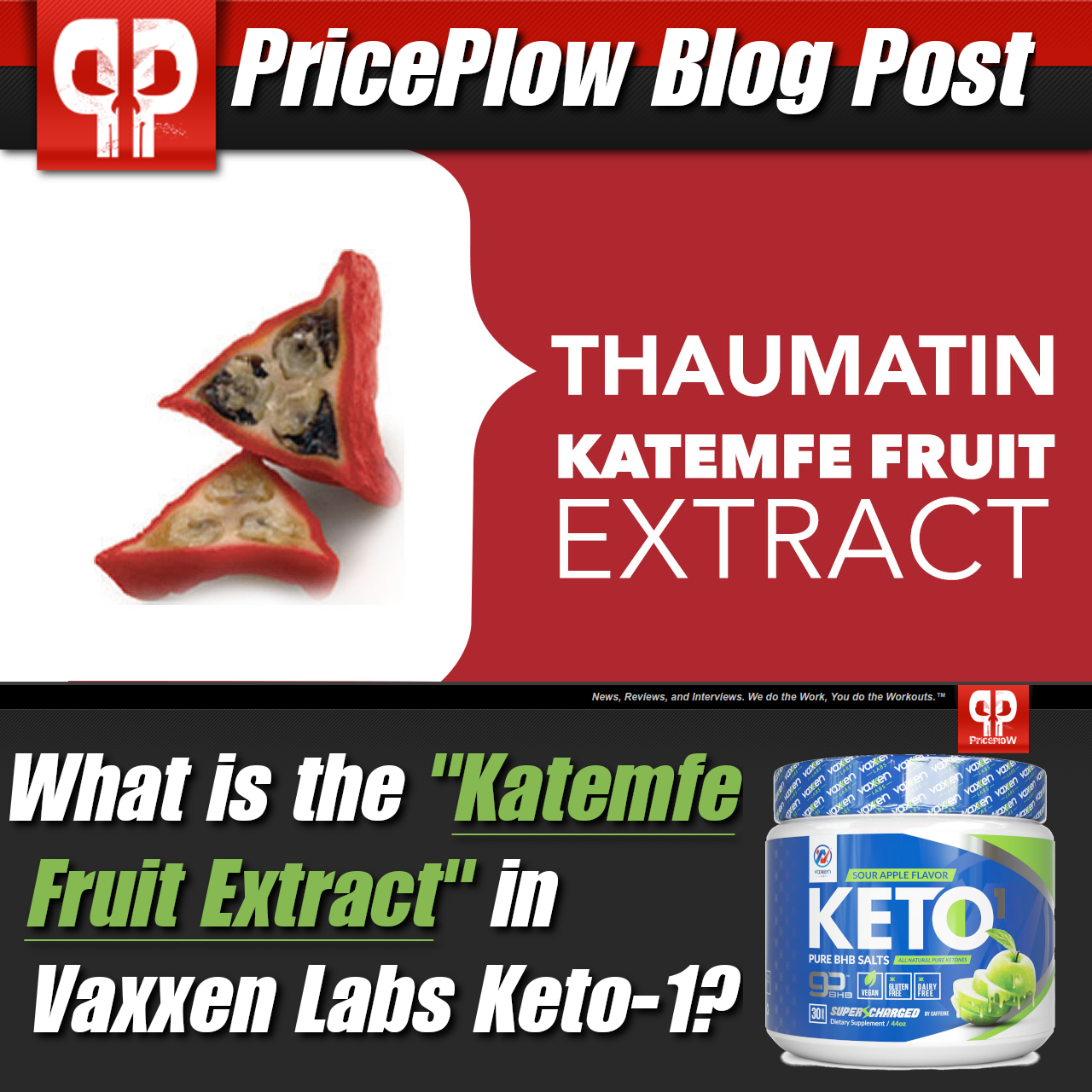
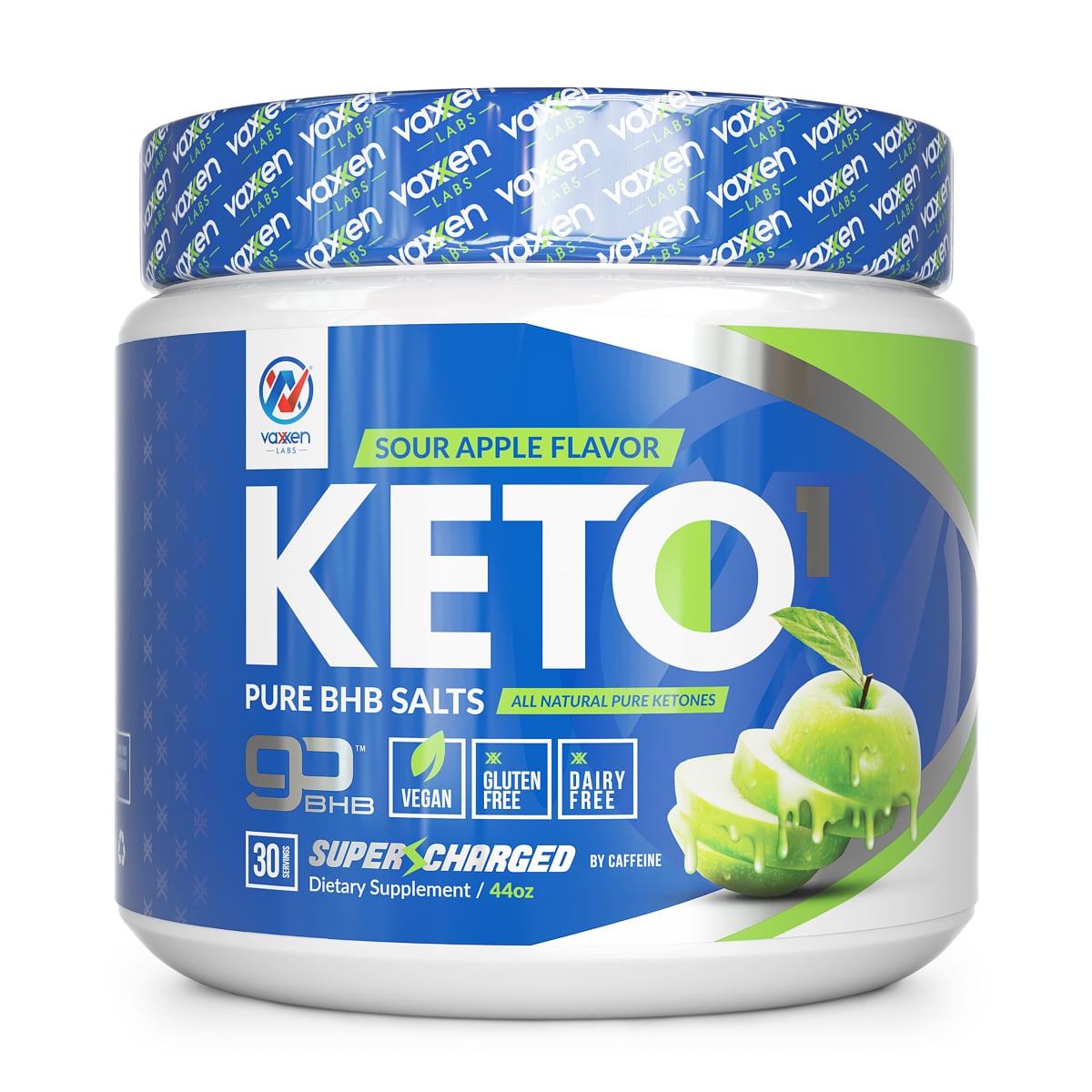
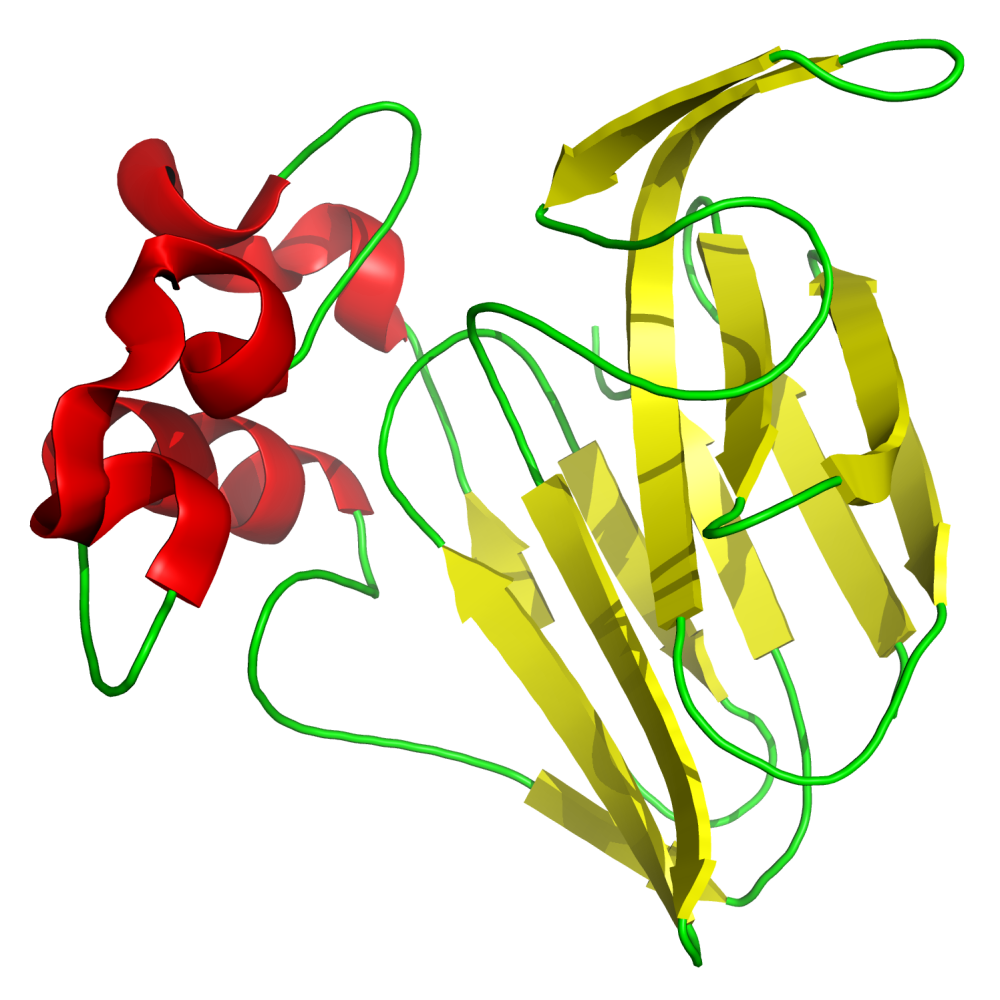

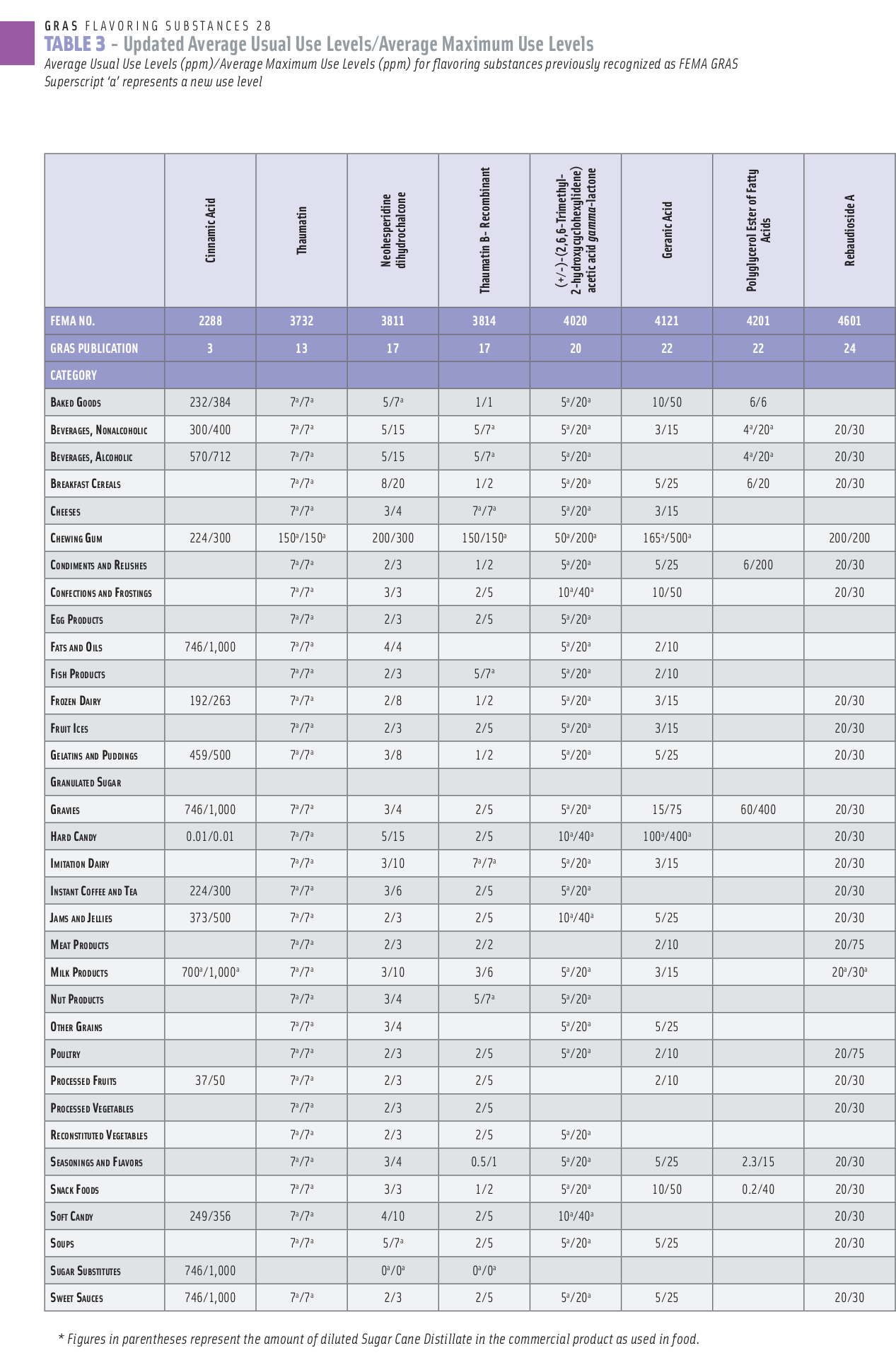
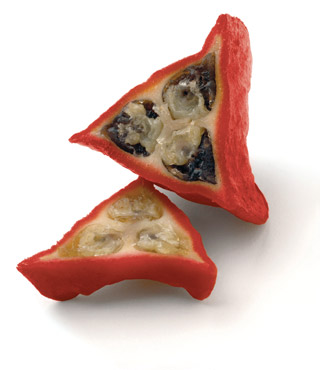
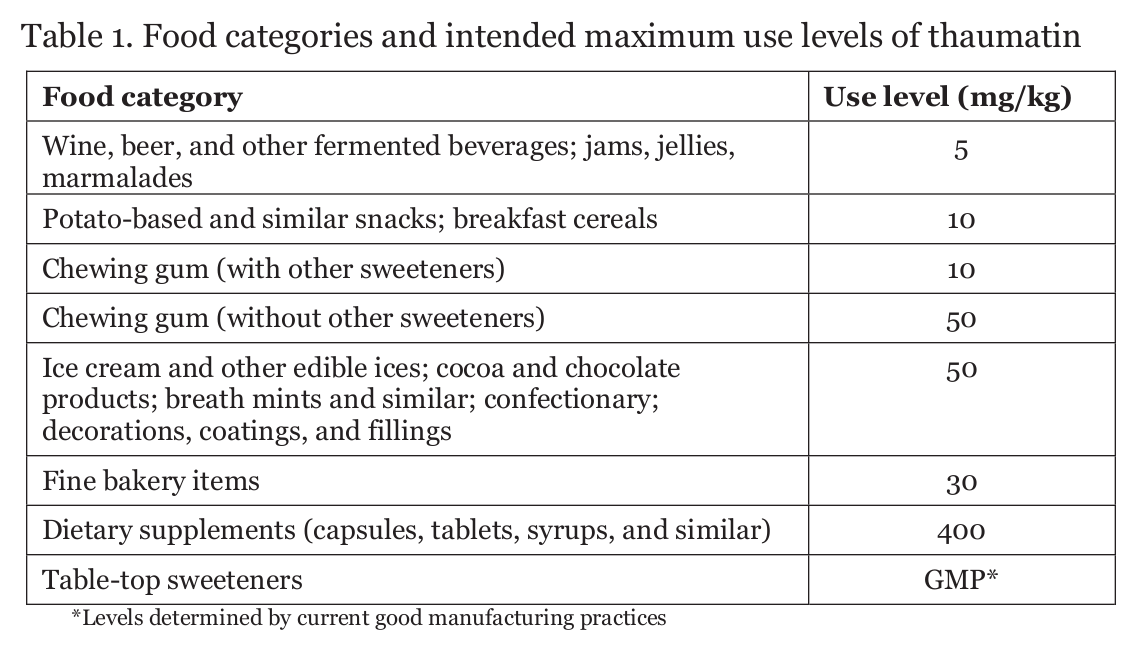


Comments and Discussion (Powered by the PricePlow Forum)